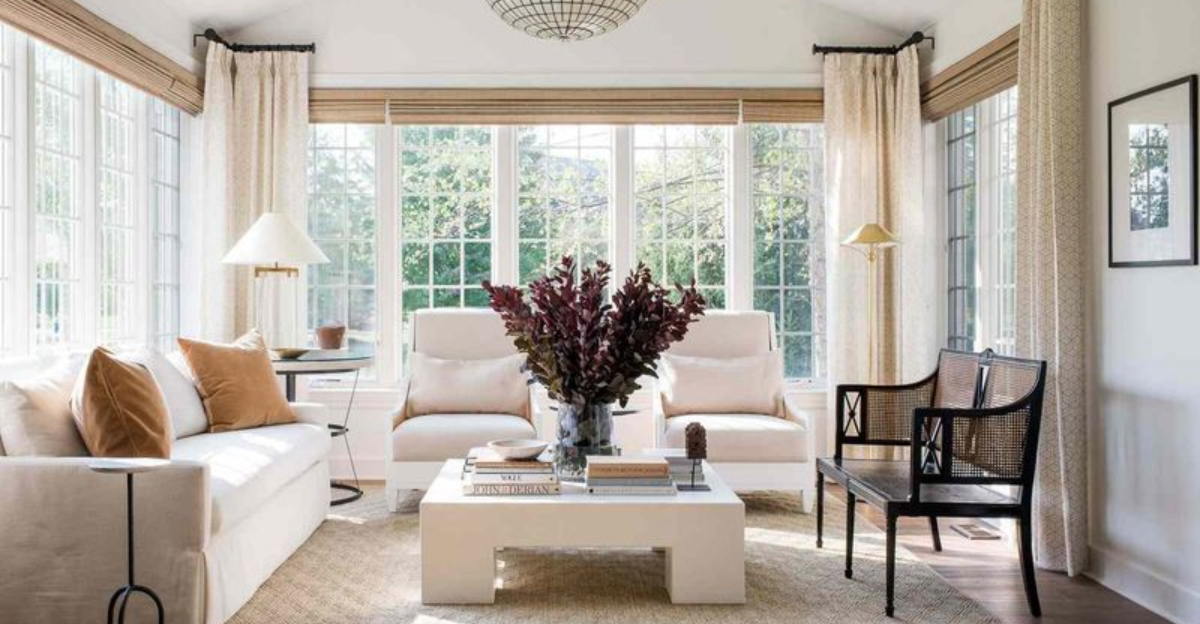Ever walked into a room and immediately felt that special something? That’s the magic touch of a skilled decorator at work!
Expert designers know how to blend functionality with beauty, crafting spaces that feel both comfortable and visually stunning. Here are the telltale signs that separate amateur decorating from professionally curated spaces.
1. Perfectly Scaled Furniture for the Room
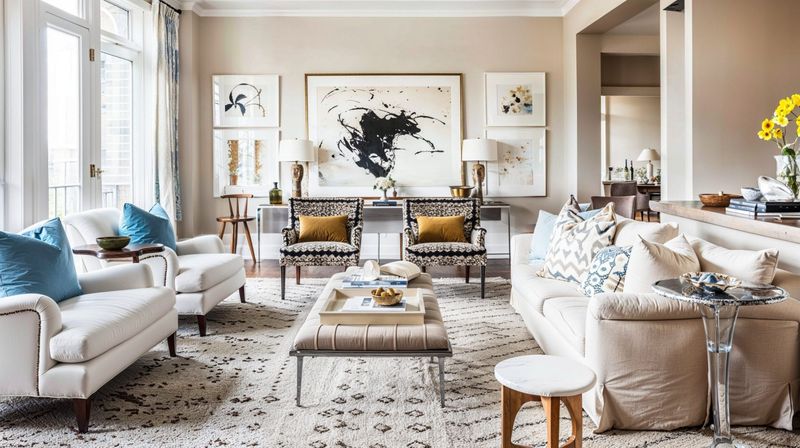
Walking into a professionally designed space, you’ll notice furniture that fits just right. Not too cramped, not swimming in emptiness. Size matters tremendously in interior design! Professionals measure carefully, ensuring sofas don’t overwhelm small apartments and tiny chairs don’t disappear in grand living rooms.
2. Thoughtful Use of Layered Lighting
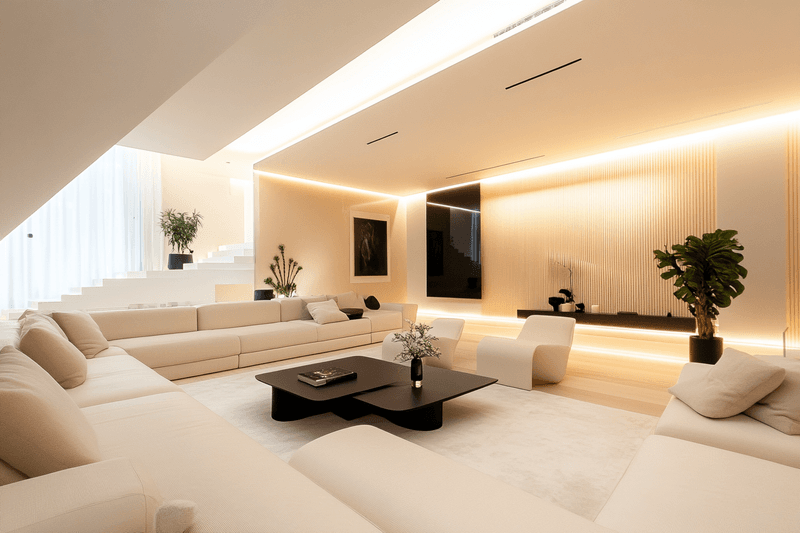
Master decorators orchestrate lighting like symphony conductors, blending ambient, task, and accent lighting. Illumination comes from multiple heights and directions, creating depth and dimension. Dimmers allow mood adjustment while highlighting architectural features and artwork with precision.
3. Custom Window Treatments
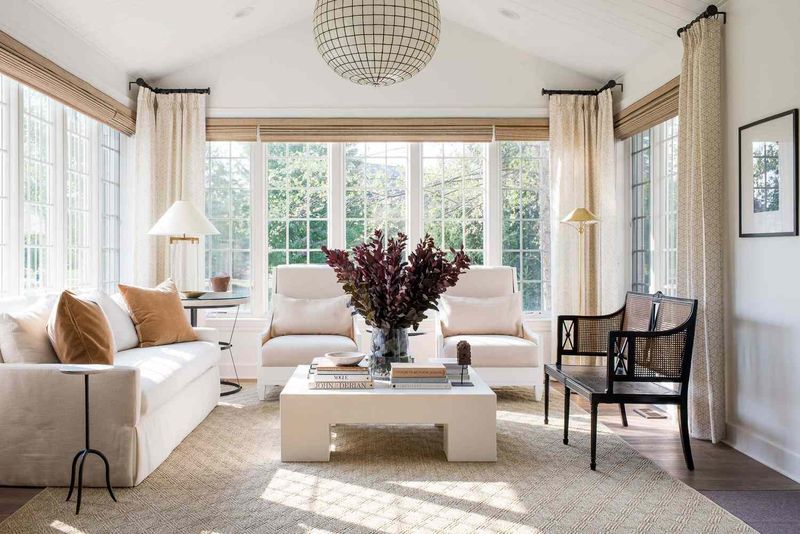
Mass-produced curtains scream amateur hour. Professional spaces feature window treatments that appear custom-made for each specific opening. Drapery breaks perfectly at the floor without puddles or awkward high-waters.
Mounting hardware sits well above the frame, creating height illusion. Fabrics complement the room’s palette while addressing practical concerns like light control.
4. Art Hung at the Right Height
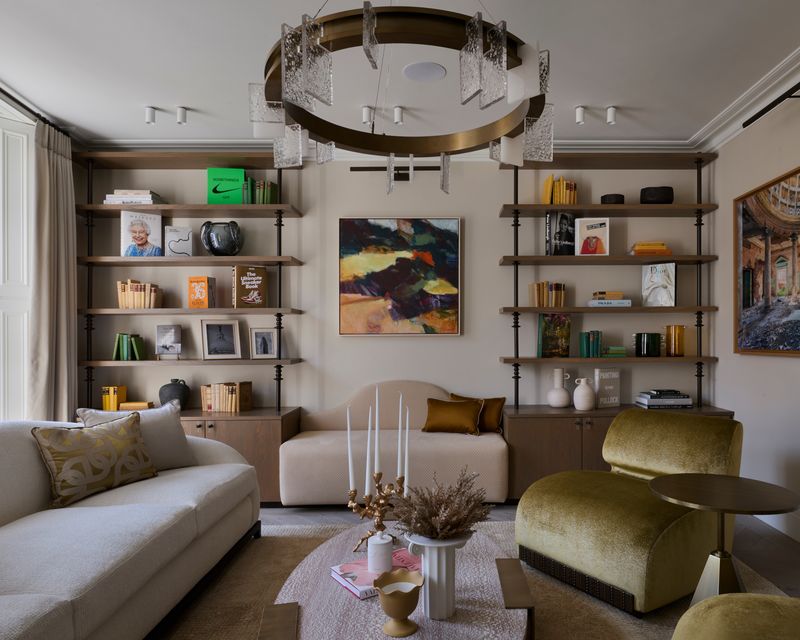
Stroll through any gallery and you’ll notice artwork hung at eye level—approximately 57-60 inches from the floor to center.
Gallery walls look curated rather than chaotic, with pieces properly spaced. Art size matches wall proportions, avoiding tiny frames floating on massive expanses or oversized pieces crammed into tight spots.
5. Cohesive Color Palette Throughout
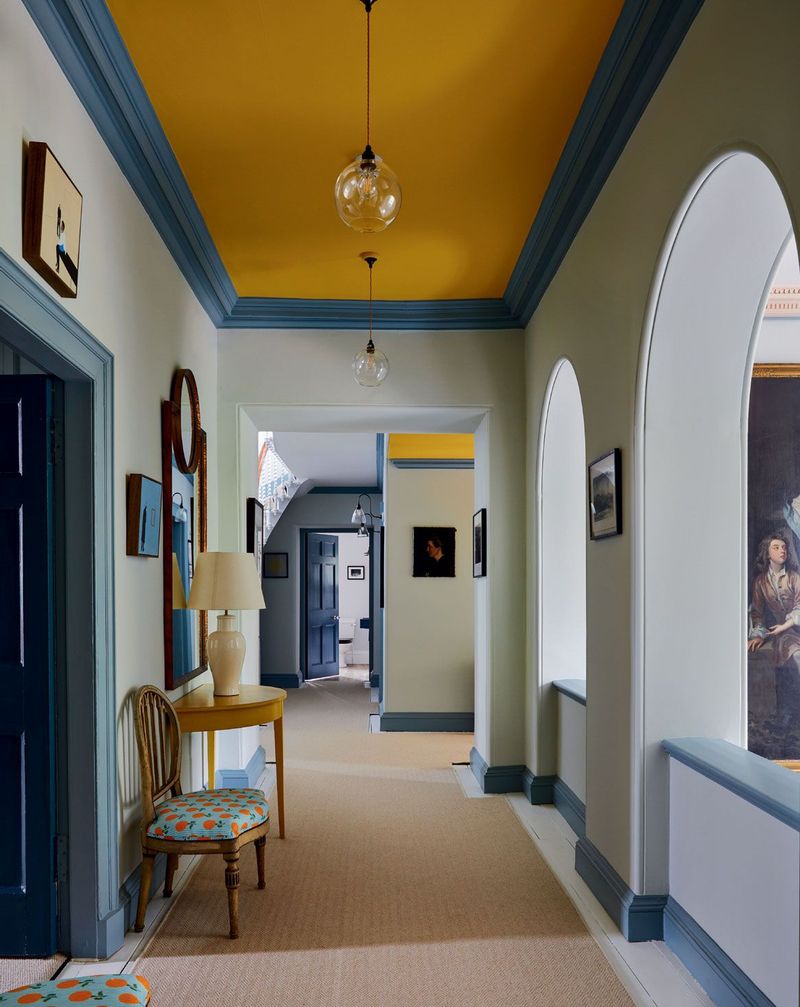
Skilled decorators develop palettes that transition seamlessly between rooms, creating visual harmony without monotony. Look for accent colors from one space reappearing subtly in adjacent areas.
Paint finishes vary purposefully—perhaps eggshell for living spaces and semi-gloss for trim. Undertones remain consistent, preventing jarring transitions.
6. Mixed Textures and Finishes
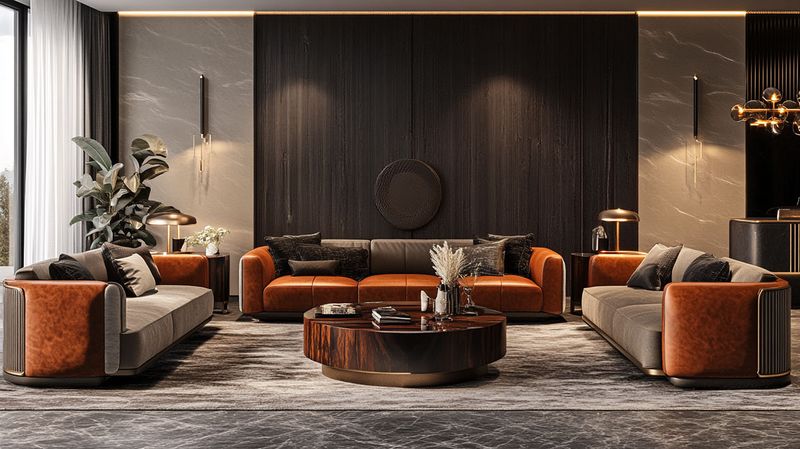
Amateur spaces often feel flat, while professional rooms dance with tactile variety. Skilled decorators layer contrasting surfaces to create visual interest and depth. Velvet pillows might rest against leather seating. Glossy ceramic lamps could stand on matte wooden tables. N
atural elements like jute, rattan, or stone balance manufactured materials, creating spaces that feel alive rather than sterile.
7. Strategic Negative Space
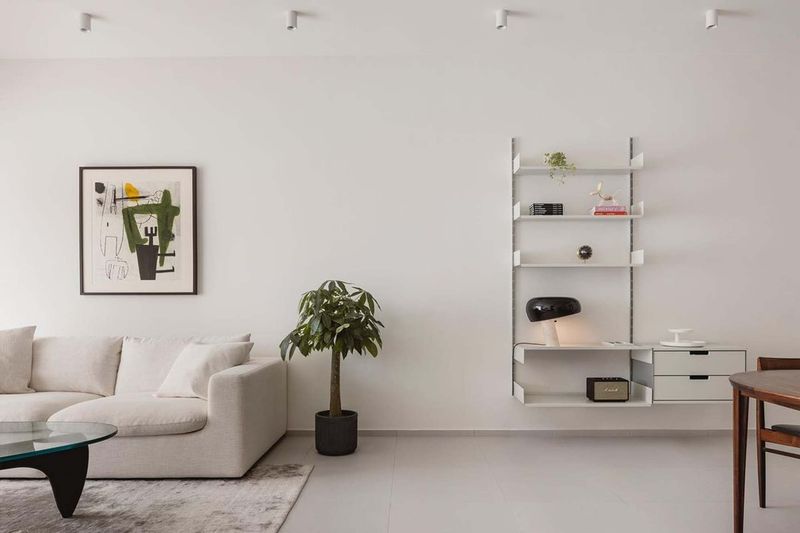
Less truly becomes more in professional designs. Expert decorators understand that breathing room between elements prevents visual fatigue and highlights each piece’s importance. Walls aren’t completely covered. Shelves display curated objects with space between.
Furniture floats slightly from walls rather than being pushed against them. Empty space becomes an intentional design element rather than area waiting to be filled.
8. Accent Walls with Intention
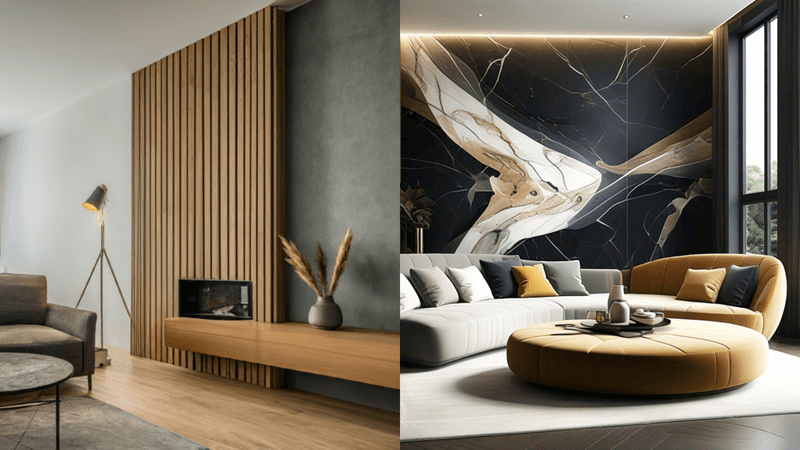
Well-crafted accent walls serve clear purposes—highlighting architecture, defining zones, or creating focal points.
Materials extend beyond paint to include textured wallpaper, wood paneling, or decorative tile. Placement feels deliberate rather than arbitrary. Color or pattern complexity balances perfectly with surrounding simplicity.
9. Symmetry Balanced with Asymmetry
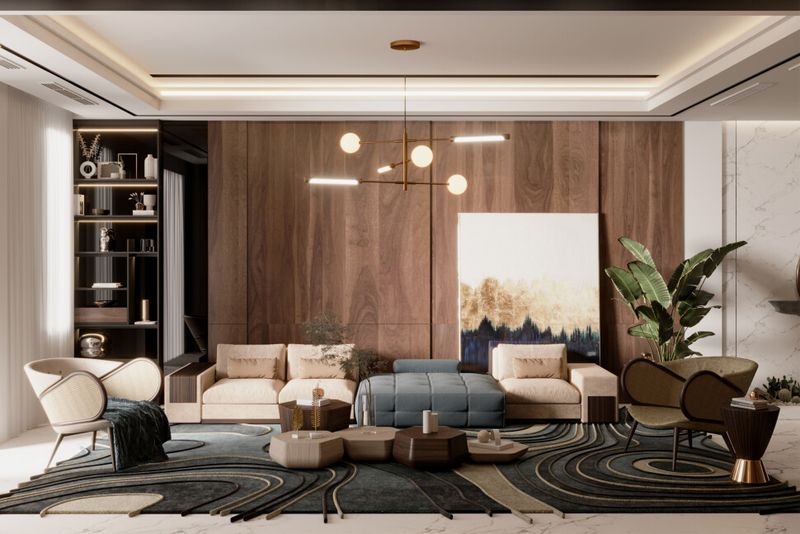
Strict symmetry feels rigid while complete randomness appears chaotic. Experts masterfully dance between these extremes! Perhaps matching lamps flank a sofa while pillows vary slightly in pattern.
Maybe identical chairs balance a fireplace while artwork above arranges asymmetrically. Visual weight distributes evenly across spaces without mirror-image predictability.
10. High-Low Mix of Furnishings and Decor
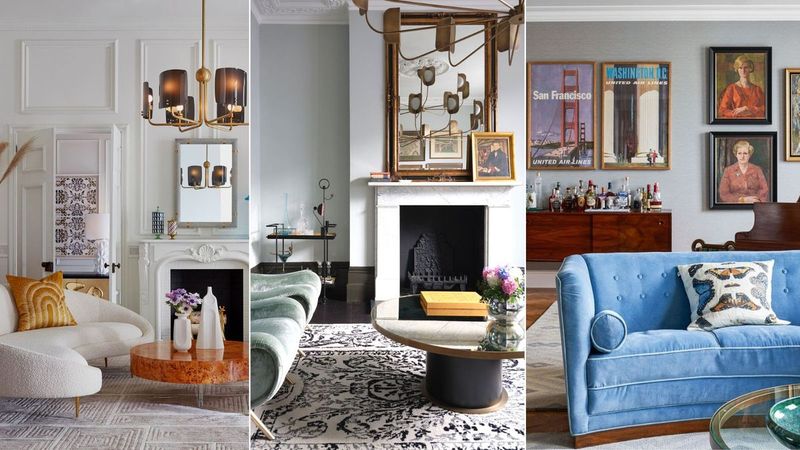
Catalog-perfect rooms lack soul! Decorators blend investment pieces with affordable finds, creating spaces that feel collected rather than purchased. Vintage treasures sit alongside contemporary elements.
Mass-market accessories complement custom furniture. Budget-friendly art might hang near a splurge-worthy light fixture. Everything serves a purpose while telling a cohesive story.
11. Trim and Molding Details that Frame the Space
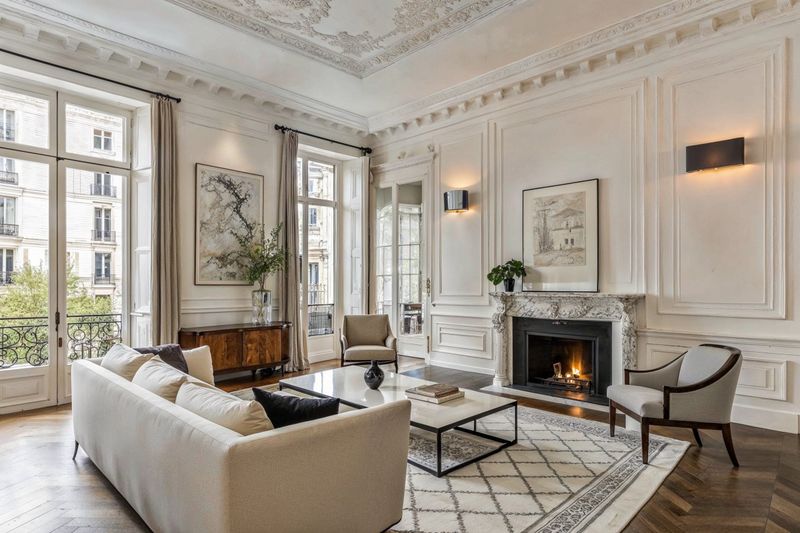
Plain walls and standard baseboards? Not in professionally designed spaces. Architectural details like crown molding, wainscoting, and custom trim work elevate ordinary rooms instantly.
Moldings proportionally match ceiling heights and room scale. Transitions between materials appear seamless. Even simple spaces gain character through thoughtfully applied architectural elements that frame and define areas.
12. Upholstered Pieces in Unexpected Fabrics
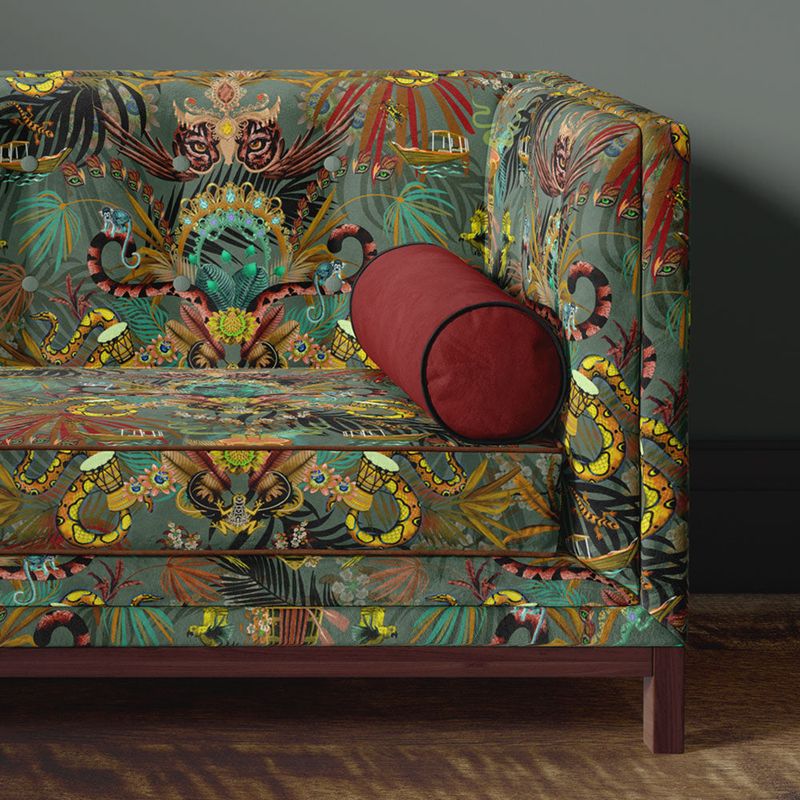
Beyond basic beige awaits a world of textile possibilities!
Performance velvet covers family room sofas in jewel tones. Dining chairs might feature outdoor-grade fabrics in sophisticated patterns. Headboards showcase textural linens or bold geometrics. Each selection balances durability with visual interest.
13. Coffee Table Books and Curated Accessories
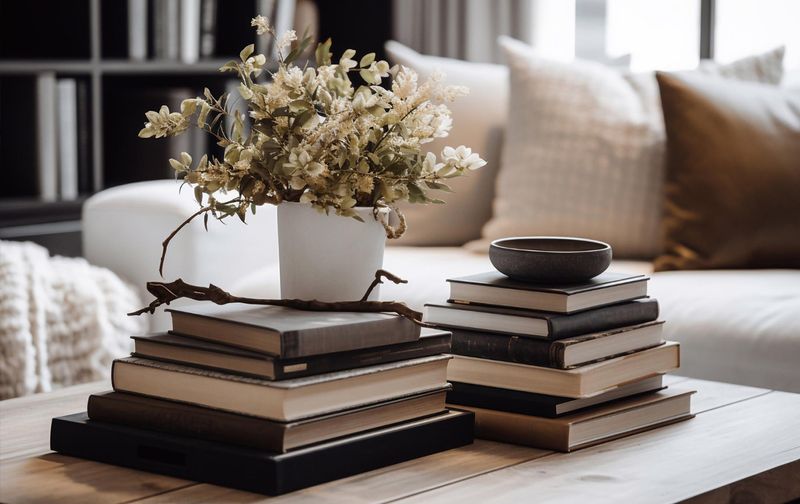
Random knickknacks collected over time can make a space feel cluttered and unfocused. Thoughtfully curated objects reflect personal interests while maintaining visual balance. Coffee table books offer striking photography that ties into the overall mood and story of the home.
Decorative objects vary in height, creating visual rhythm. Personal items feel curated rather than cluttered, telling stories about inhabitants without overwhelming the space.
14. Statement Lighting that Anchors the Room

Beyond basic illumination, spectacular pendants, chandeliers, and sconces serve as focal points and conversation starters. Scale matches room dimensions perfectly.
Fixtures complement architectural style while possibly introducing unexpected elements. Materials range from natural to industrial, creating visual interest even when lights aren’t illuminated.
15. Rugs Sized and Placed to Define Zones Perfectly
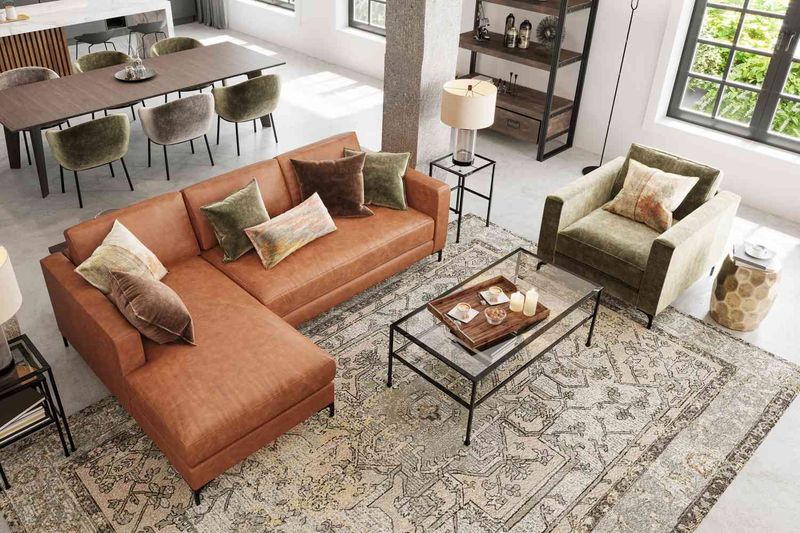
Tiny postage-stamp rugs instantly signal decorating inexperience. Skilled designers choose rugs sized to fit furniture groupings perfectly.
Living room rugs accommodate at least front legs of all seating pieces. Dining rugs extend beyond chairs even when pulled out. Bedroom carpets frame bed areas with generous borders. Multiple rugs in open-concept spaces cleverly define separate functional zones.

